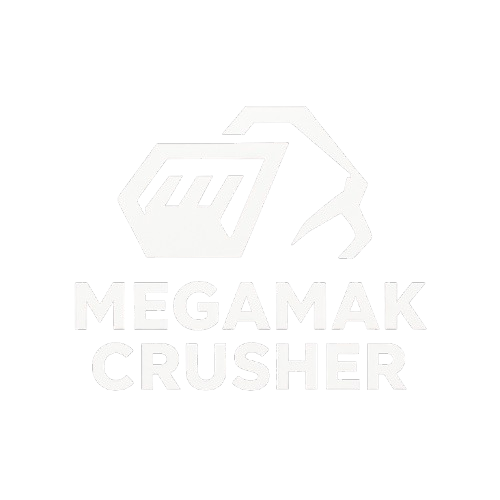The Role of Screening in Aggregate Quality
Screening is a critical process in aggregate production, ensuring that the final material meets specific size and quality requirements. Effective screening separates material into uniform fractions, reduces fines, and minimizes the need for rework, ultimately improving overall plant efficiency and product consistency.
Screening Efficiency depends on proper selection and maintenance of equipment. Vibrating screens, trommel screens, and high-frequency screens are commonly used, each with distinct advantages depending on material type and desired output. Correct screen size, mesh configuration, and vibration settings ensure optimal separation, reducing the risk of oversize material contaminating finished aggregates.
Material Characteristics play a significant role in screening performance. Moist, sticky, or irregularly shaped material can clog screens and reduce efficiency. Pre-treatment methods, such as washing, scalping, or pre-screening, help maintain consistent throughput. Adjusting feed rates and using anti-blinding devices can also prevent blockages and prolong screen life.
Impact on Product Quality is direct. Uniformly sized aggregates improve the performance of concrete, asphalt, and other construction materials. Consistency in particle size distribution enhances compaction, reduces voids, and ensures stronger, more durable end products. Proper screening also reduces waste, as oversized material can be recirculated through crushers for further processing.
Maintenance and Monitoring are essential for long-term efficiency. Regular inspection of screen panels, vibration motors, and structural components prevents downtime and maintains consistent output. Replacing worn screen media promptly preserves screening accuracy and avoids production bottlenecks.
Integration with Crushing Operations is crucial. Screening should be strategically positioned within the plant flow to complement crushing stages. For instance, scalping before primary crushing can remove fines and reduce load on the crusher, while tertiary screening ensures precise sizing for final products. Optimizing the coordination between crushing and screening stages maximizes plant productivity and reduces energy consumption.
In conclusion, screening is more than a separation process — it is a vital component in achieving high-quality, consistent aggregates. Proper equipment selection, feed management, maintenance, and integration with crushing operations ensure optimal performance, reduced waste, and superior end-product quality. Efficient screening not only enhances plant productivity but also strengthens the reputation of suppliers in competitive markets.
